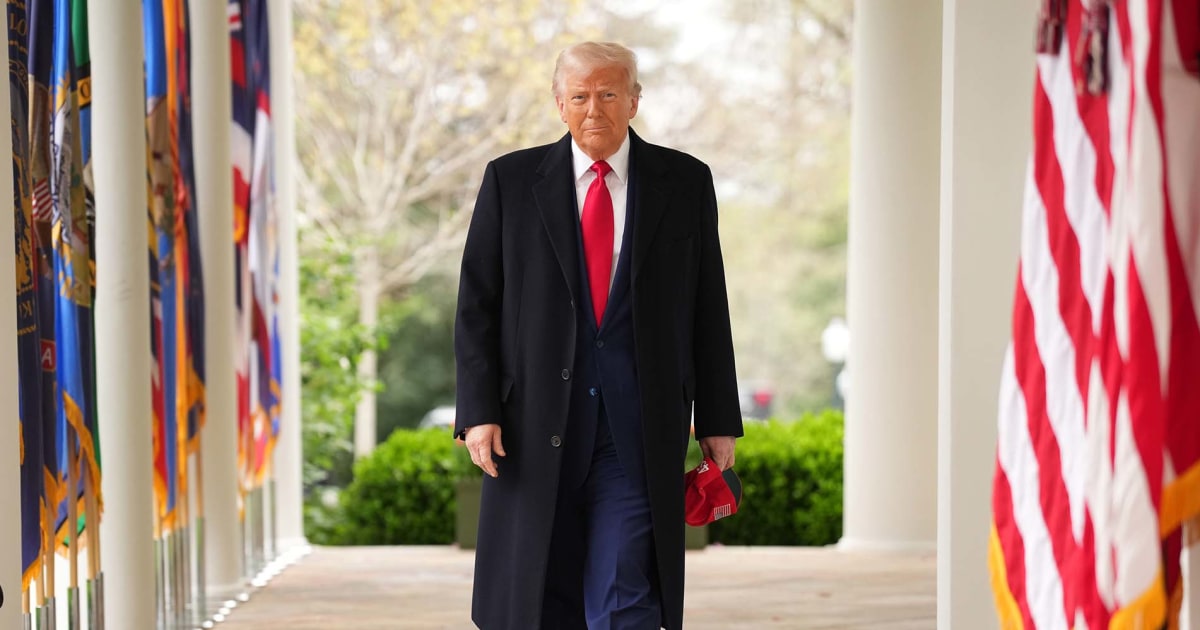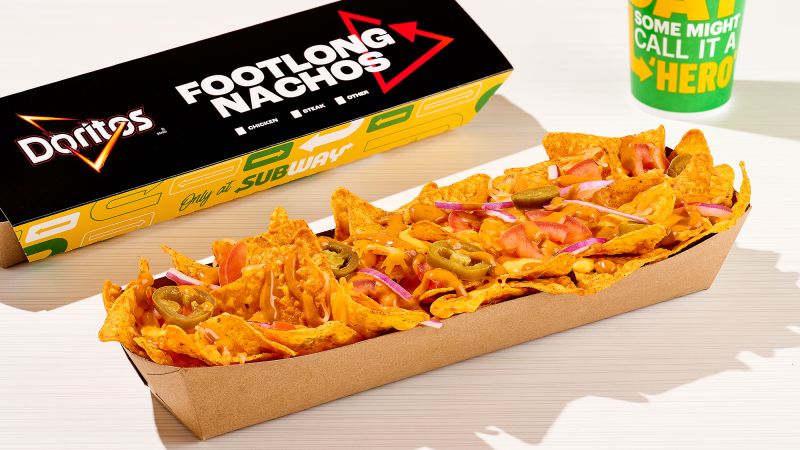
President Donald Trump has favored tariffs for years. His expanding trade war is sure to ripple through the global economy for a long while, too. That’s because ramping up tariffs on foreign governments frequently draws retaliation — a likelihood that even industries Trump aims to support are already bracing for.
While he has been rolling out an ever-shifting series of import taxes for months, the sweeping “reciprocal” tariffs he announced Wednesday are opening salvos in what could become drawn-out tit-for-tats with potentially dozens of governments. Unlike the narrower, targeted tariffs Trump imposed on certain countries and products in his first term, his latest duties are set to rewrite the rules of global trade on a far broader level — and in an environment in which inflation is running hotter . “This is a game changer, not only for the U.

S. economy but for the global economy,” Olu Sonola, head of U.S.
economic research at Fitch Ratings, said in a note Wednesday evening. “Many countries will likely end up in a recession. You can throw most forecasts out the door, if this tariff rate stays on for an extended period of time,” she said, adding that the levels Trump is introducing haven’t been seen since 1910.
Already, the administration is signaling it’s uninterested in diplomacy, raising the odds that foreign leaders will hit back with more levies of their own rather than press for talks. “This is not a negotiation,” a senior White House official told reporters Wednesday evening. “It’s a national emergency.
” The European Union has threatened countermeasures by mid-April, and Canada warned last week that it was preparing retaliatory moves to respond swiftly to any trade actions the United States were to unveil Wednesday. The legal authority Trump has invoked for his reciprocal tariffs — which range from 10% for some countries to as high as 54% for others — allows him to circumvent many of the typical procedures for instituting new trade barriers. The use of emergency powers not only allows the White House to impose tariffs immediately but also leaves room for the trade war to remain open-ended, with the administration potentially adjusting its levies more or less on the fly until the end of Trump’s term.
A senior automotive executive criticized the 25% tariffs on foreign-built vehicles and auto parts , announced last week, as “process salad” — contrasting the administration’s approach with typical trade policy moves, which tend to give industry stakeholders more clarity about what’s changing and how to prepare for it. “We would characterize this slate of tariffs as worse than the worst-case scenario,” Dan Ives, global head of technology research at Wedbush Securities, said in a note to clients Wednesday evening. Still, he said, “we continue to believe there are off ramps and major negotiations that will be happening over the coming months, with various countries and companies to navigate this new world.
” But Ives and other analysts warn that the unfolding trade war is packed with unknowns and has far greater potential for unintended consequences than any trade policy moves Trump has made previously, including during his first stint in the Oval Office. “Trump just threw a match on an explosive tinder pile of already weakened inflation concerns,” David Beckworth, a former U.S.
Treasury economist who is a senior research fellow at the Mercatus Center, a libertarian think tank, said in a statement Wednesday. “These new tariffs are a perfect recipe for stagflation and a lost midterm elections.” Trump spoke in categorical, and at times lurid, terms Wednesday about the goals of his tariff agenda, describing the United States as having been “looted, pillaged, raped and plundered” by its trade partners.
Domestic industry “will be reborn,” he vowed, and a “golden age of America” is on the way. For now, though, investors and corporate leaders across industries are left speculating about what may come next. The automotive executive expected the U.
S.-Mexico-Canada Agreement, which Trump negotiated in his first term, to be replaced eventually by two separate trade deals — one with each North American neighbor. One thing remains certain, economists and business leaders say: Ordinary households are likely to pay more.
“Consumers should expect to see higher prices for everything from groceries to home renovations to auto insurance,” National Foreign Trade Council President Jake Colvin said in a statement. “There is simply no way to mitigate all of the added costs of inputs to finished goods from the administration’s complex and growing web of tariffs.” How far that web extends, whom it ensnares — and what holes might be carved in it — remain to be seen.
.








_8.jpg?itok=wp-xhXRB)





